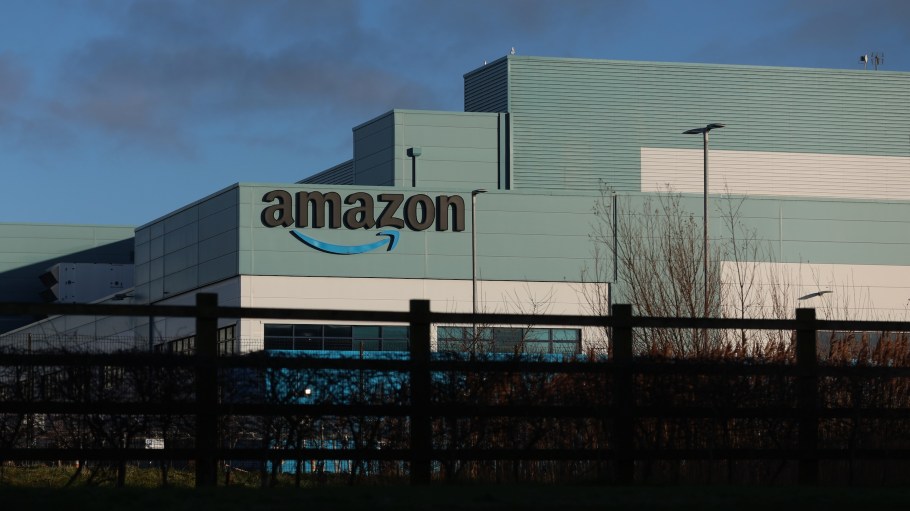Understanding Amazon Tariffs: Impact on the ‘Amazon Haul’ and eCommerce
The landscape of eCommerce is constantly evolving, and in recent months, the topic of amazon tariffs has gained considerable attention. As businesses navigate these changes, it’s crucial to understand how these tariffs impact operations, particularly concerning amazon haul and the broader logistics space.
What are Amazon Tariffs?
Tariffs are a type of tax imposed by governments on imported goods. They are intended to protect domestic industries from foreign competition by making imported goods more expensive. In the context of Amazon, tariffs especially affect China-sourced products, which constitute a significant portion of the goods listed on their platform. For HR professionals and business leaders, understanding these tariffs is essential as they directly influence product pricing and supply chain decisions.
Current State of Amazon Tariffs
As of 2023, the tariffs levied on goods imported from China into the United States can reach as high as 25% on some products. This rise in tariffs, particularly under the Trump administration, has led to a notable adjustment in supply chain strategies for many eCommerce businesses, including Amazon. Companies have had to reassess their sourcing strategies to mitigate costs associated with these tariffs.
The Influence of Policy on eCommerce
Recent changes in policies have significant ramifications. According to Sourcing Journal, shifts in tariffs can result in billions of dollars in costs, which ultimately trickle down to consumers. Businesses must ensure they are proactive in understanding these policy shifts to adapt their strategies accordingly.
The Concept of the ‘Amazon Haul’
The amazon haul refers to the aggregated purchasing behavior of consumers leveraging Amazon’s platform for their shopping needs. With current tariffs in play, the prices that consumers see on Amazon may not reflect the true cost that businesses incur. This discrepancy can lead to pricing strategies that either absorb the cost of tariffs or pass them onto the consumer, causing fluctuations in demand.
How Tariffs Impact Business Operations
Here are some key ways in which tariffs are affecting business operations on Amazon:
- Supply Chain Adjustments: Many companies are re-evaluating their supply chains. Some businesses are moving production to countries with lower tariffs to reduce costs, while others are sourcing products domestically if feasible.
- Increased Costs: With higher tariffs in place, businesses have seen an uptick in costs associated with importing goods. Companies may need to reconsider their pricing models to maintain profitability.
- Consumer Behavior Changes: As prices increase due to tariffs, consumer purchasing behavior may change, leading to decreased sales in certain product categories.
Strategies for Navigating Tariff Challenges
Businesses can take several steps to mitigate the challenges posed by amazon tariffs:
1. Diversify Sourcing Options
By exploring different regions for product sourcing, companies can reduce their exposure to tariffs. Countries like Vietnam and Mexico have become popular alternatives to China for many retailers.
2. Optimize Inventory Management
Implementing advanced inventory management strategies can help businesses react swiftly to changing tariffs and their impacts on pricing and sourcing.
3. Utilize Automation
Integrating automation tools, such as n8n workflows, can streamline operations and help businesses adjust more quickly to tariffs by allowing them to automate data tracking, supplier communications, and inventory management.
Looking Ahead: The Future of Amazon Tariffs
As the global economy continues to shift, particularly in light of geopolitical tensions, the future of amazon tariffs remains uncertain. Business leaders need to stay vigilant and informed about potential changes in trade policies and tariffs, as these can profoundly impact operations and the overall cost of goods sold.
Conclusion
In the fast-paced world of eCommerce, understanding the implications of amazon tariffs on the amazon haul is crucial. By adopting proactive measures, such as diversifying sourcing options and utilizing automation, businesses can navigate the complexities of tariffs more effectively, ensuring competitiveness in a challenging marketplace. The need for strategic planning and adaptability has never been more critical in this evolving landscape.








